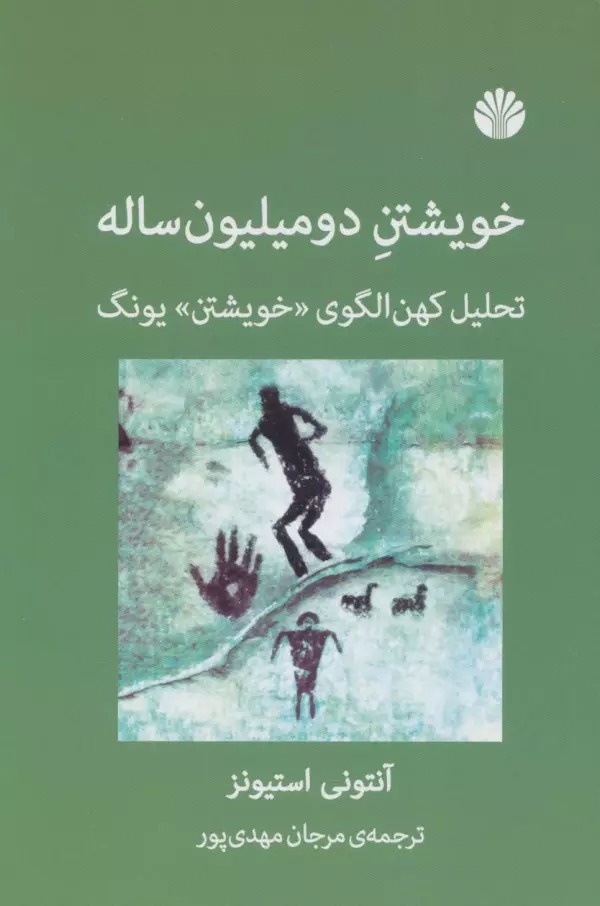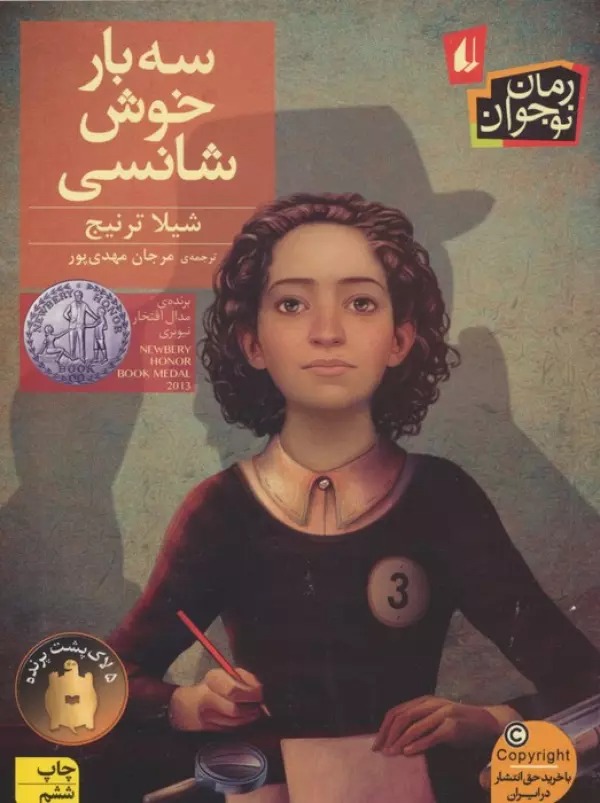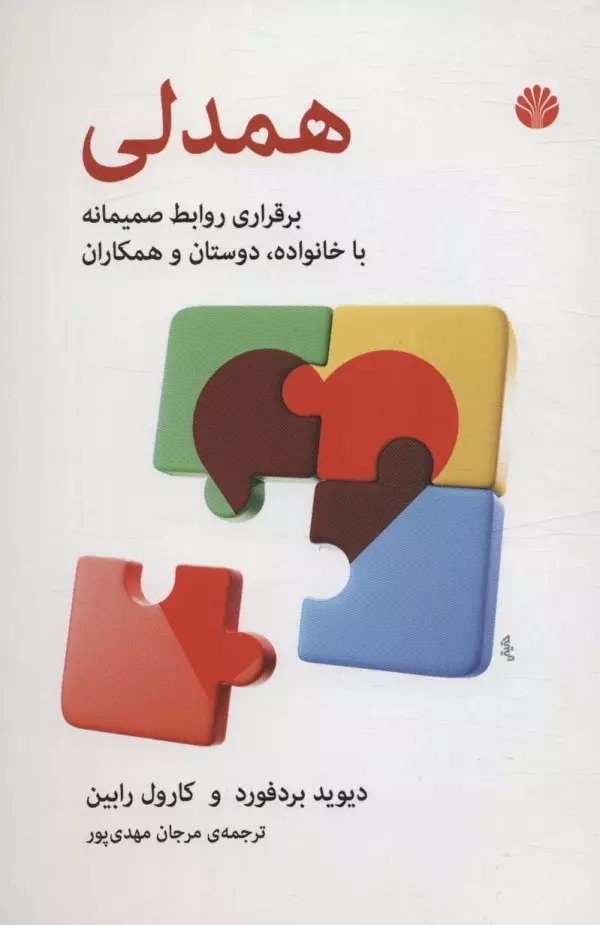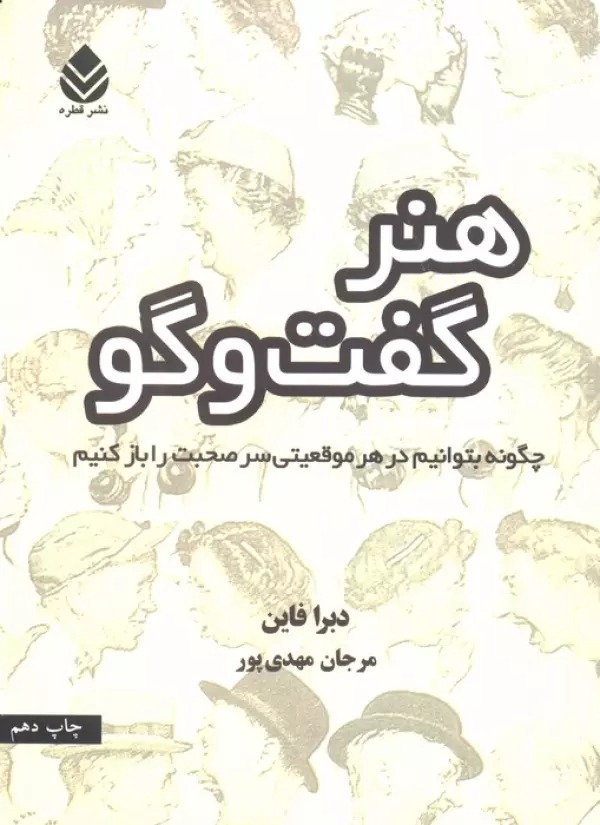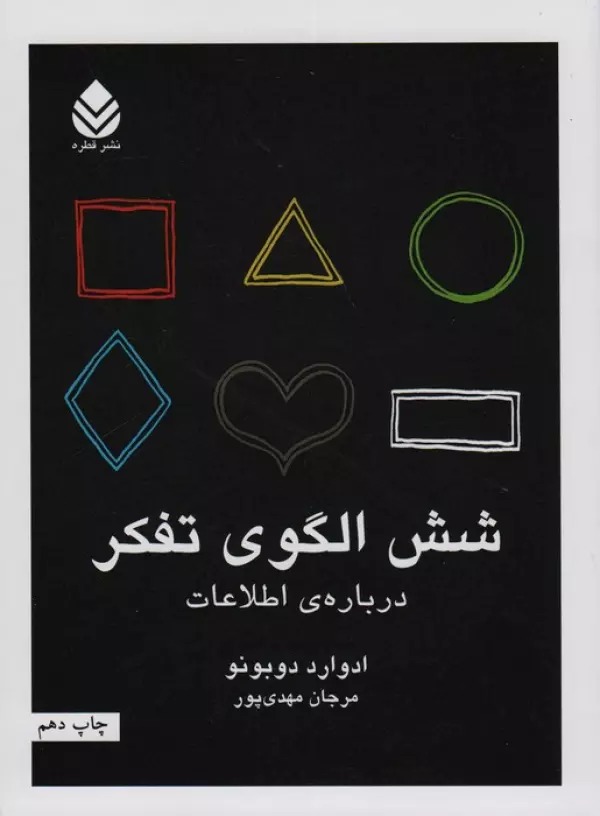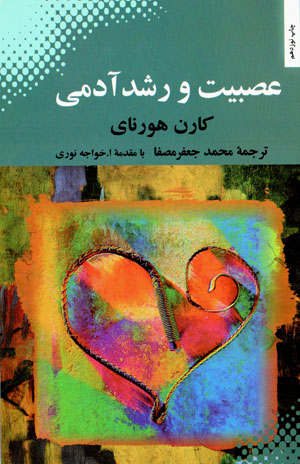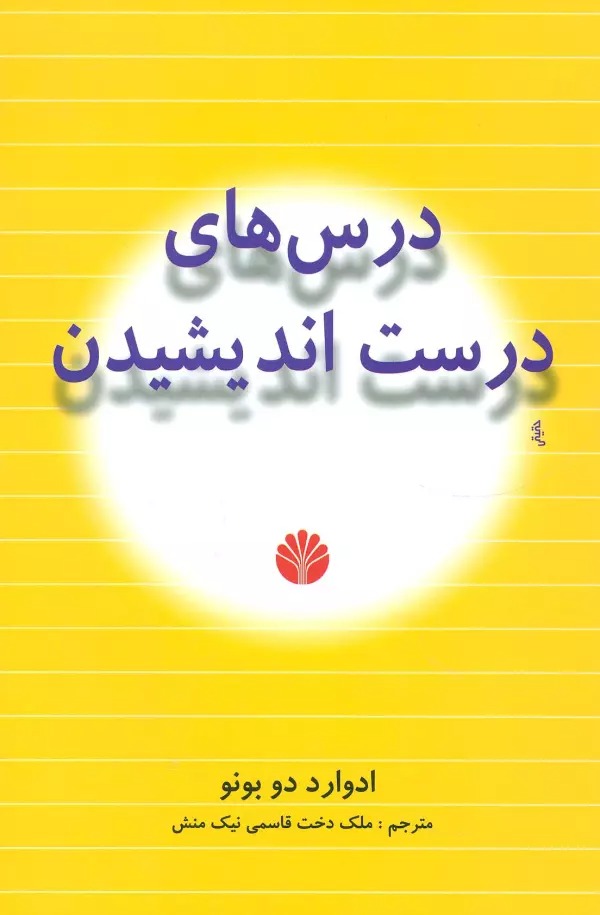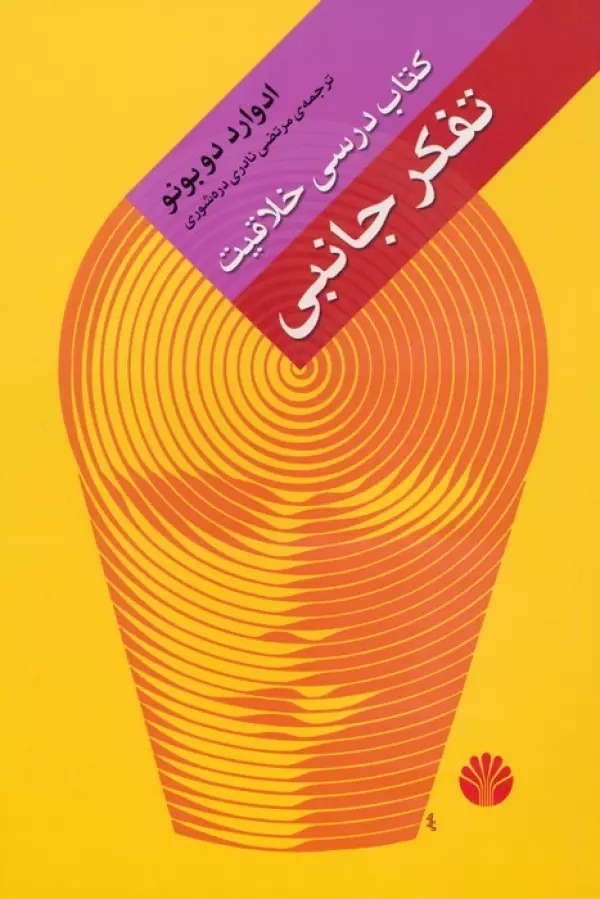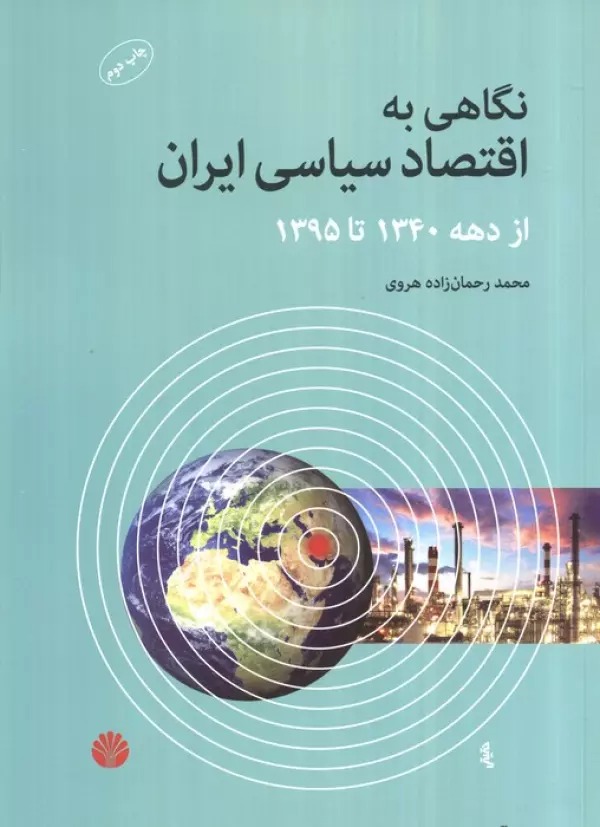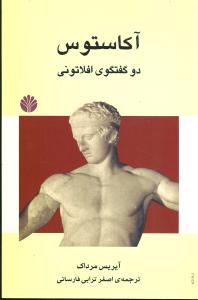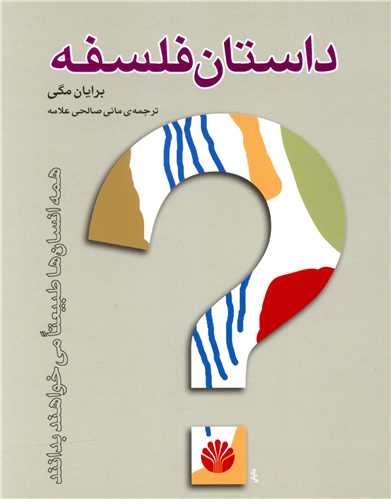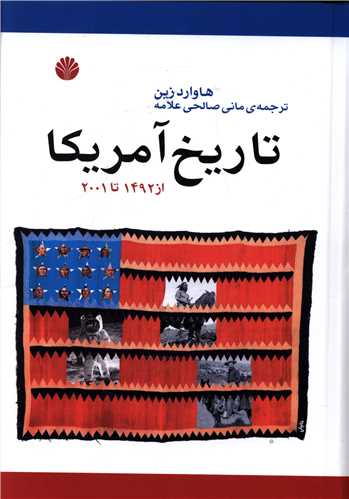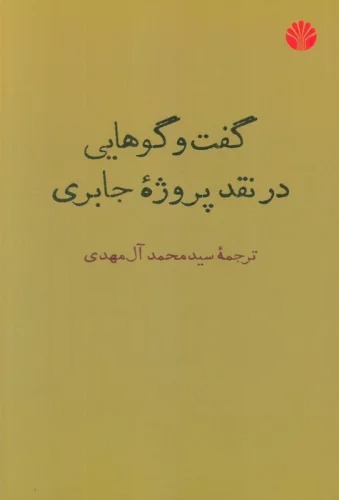Khvīshtan-i Du mīlyūn Sālah: Taḥlīl-i Kuhan'ulgū-yi "Khvīshtan"-i Yūng: Persian 2022
خویشتن دو میلیون ساله: تحلیل کهنالگوی "خویشتن" یونگ
15.73 $
Share
Wishlist
Original Title:
The Two Million-Year-Old Self
ISBN:
9789642072736
Translator:
Marjān Mahdī'pūr
Publisher:
Akhtaran
Age Group:
Adult
Pages:
174
Weight:
208 g
Dimensions:
14 x 21 x 1.6 cm
Book Cover:
Paperback
Our ancient, reptilian brain, shaped over eons and encoded within the collective unconscious, still profoundly influences human behavior, as Jung recognized in his concept of the "two million-year-old Self." This archaic Self persists in our dreams, myths, and even mental health, struggling to guide us in the modern world. Anthony Stevens, drawing from diverse fields like anthropology and neuroscience, investigates this Self and how modern life both satisfies and thwarts its primal needs. Through clinical examples, he reveals the Self as embodying nature's will, a source of ancient wisdom we ignore at our peril. Stevens contends that understanding this inner nature is crucial not only for individual wholeness but also for addressing the cultural imbalances that threaten the planet. This book offers a compelling perspective for the ecologically concerned, suggesting that reconnecting with our primal Self is vital for our future and the Earth's survival.
more
رویکرد روانکاوانه به زندگی بر باور به ساحت ناخودآگاه بنا شده است، اما راجع به چیستی این ساحت اختلافنظرهای گستردهای وجود دارد که به انشعابهای اساسی در مکتب روانکاوی دامن میزند. ساحت ناخودآگاه از منظر فرویدی جنبهی پستتر وجود ماست، انسانی بدوی و کودکی تربیتنشده که گرچه در اسارت خودآگاهی مدرن ما قرار دارد، طی زمان بیداری ما اعتراض خود را با علائم رواننژندانه و به کمک مکانیزمهای دفاعی بروز میدهد... درحالی که در دیدگاه یونگی، این ناخودآگاه شخصی ماست که حاوی امیال مهارگسیخته و هوسهای کودکانهمان است ولی ناخودآگاه جمعی ما حاوی «غایت آمال» ما، غرایز فرهنگیمان و سرچشمهی فهمی وسیع و «فرا فردی» از زندگی و زایندهی بصیرتهای عمیق و هنر متعالی است. بنابراین، اینکه ساحت ناخودآگاه را ساحتی برتر از خودآگاهی بدانیم، در حوزهی روانشناسی معاصر، دیدگاهی یونگی است. در عصر پیشمدرن چنین نگاهی غالب بود. در جریان روانشناسی پساصنعتی، کارل گوستاو یونگ بود که دوباره ساحت پررمزوراز رویاها را ساحتی علیا دانست. یونگ میگوید: «از نظر فروید، ناخودآگاه ما همچون مهدکودکی است، من هم اعتراف میکنم که در درون خودم مهدکودکی دارم، اما حجم آن در مقابل حجم عظیم تاریخ ناچیز است.» نظر یونگ این است که تمام دستاوردهای تاریخی بشر در ناخودآگاه علیای ما انباشته شدهاند... . کتاب ارزشمند «خویشتن دومیلیونساله» آنتونی استیونز شرح همین نگاه است.
more

